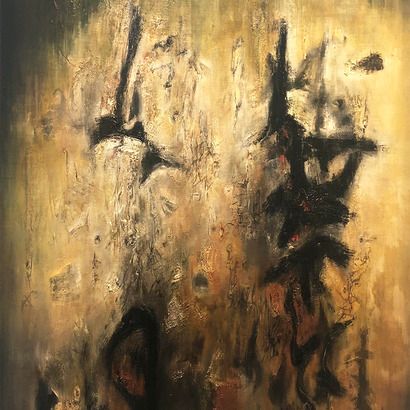Zao Wou-Ki. It is never dark in the space inside...
Guided at the beginning and until the end of his life by the genius of Paul Cézanne (Paysage Hangzhou, 1946; Hommage à Cézanne, 2005), Zao Wou-Ki was also sensitive to the specific sunlight of the South of France. After renting a studio in the Var between 1958 and 1972, where he met with many friends, the architect Josep Lluís Sert built him a studio in Ibiza in 1973, which was to be a new place of creation. From 2004 onwards, Zao Wou-Ki spent several summers at the Luberon estate of the fashion designer Emanuel Ungaro. There he worked "on the ground", a new development for him, and painted a series of watercolors that captured the luminosity and the sometimes flamboyant, sometimes muted colors of the Luberon landscape. These works express, at the last moment of his life, his happiness to paint the unchangeable.
The exhibition brings together nearly 80 works from 1935 to 2009 (oils on canvas, watercolors and India ink on paper) from public and private collections.


